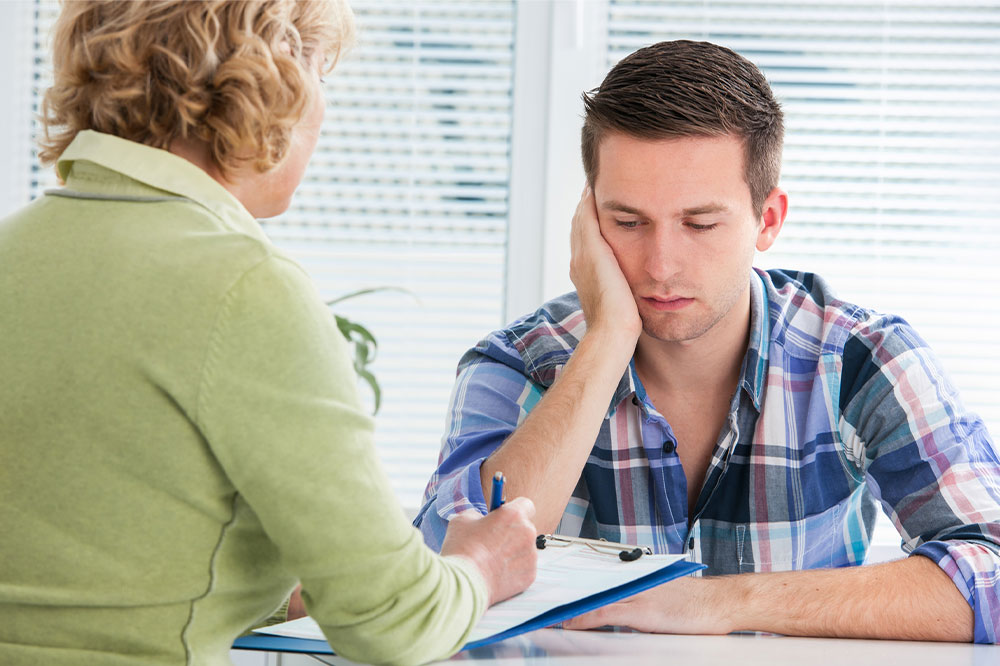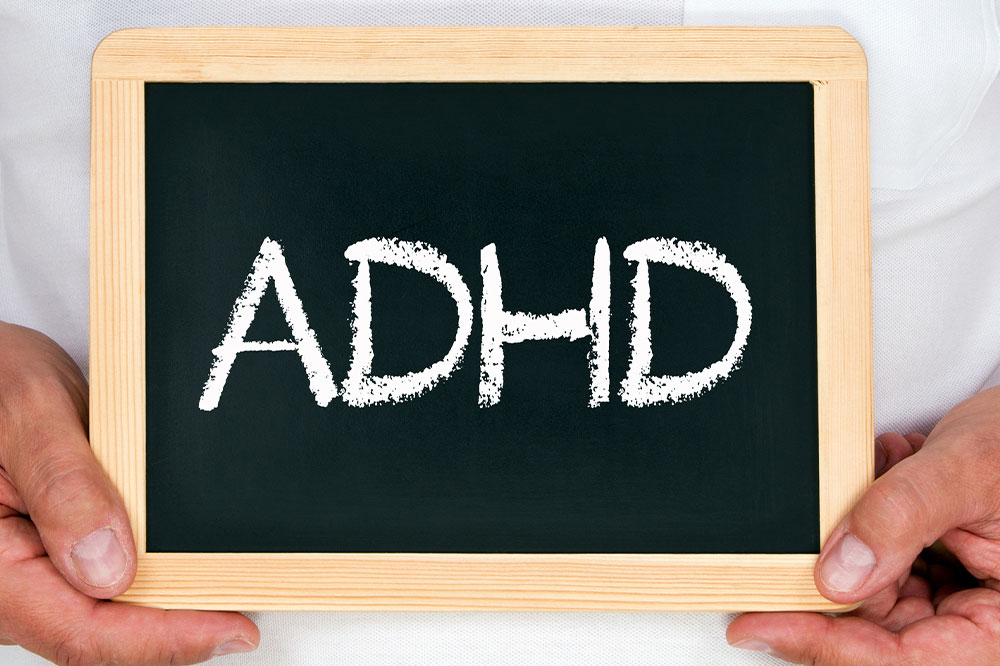Comprehensive Guide to Anxiety: Recognizing Symptoms, Conducting Assessments, and Effective Management Techniques
This comprehensive article explores anxiety, detailing its symptoms, assessment methods, and management strategies. It emphasizes early recognition and professional intervention to improve quality of life. Practical self-assessment techniques and effective treatment options like therapy, medication, and lifestyle changes are discussed to help individuals better understand and control anxiety symptoms. The guide aims to increase awareness about anxiety disorders and encourages proactive mental health care for lasting well-being and improved daily functioning.

An In-Depth Look at Anxiety: Symptoms, Evaluation, and Treatment Options
Anxiety is one of the most common mental health challenges faced by millions of individuals across the globe. While experiencing some level of worry or stress is normal and can even be beneficial in certain situations, excessive or chronic anxiety can significantly impair daily functioning and overall quality of life. Understanding the nuanced differences between normal anxiety and anxiety disorders is crucial for early intervention and effective management. This comprehensive guide aims to shed light on the symptoms of anxiety, methods to assess its severity, and practical strategies to manage and reduce its impact.
Defining Anxiety
Anxiety can be defined as an emotional state marked by feelings of tension, nervousness, apprehension, or worry. It is often accompanied by a range of physical symptoms such as increased heart rate, sweating, shivering, and muscle tension. These physical sensations are part of the body's natural fight-or-flight response designed to prepare you for perceived threats. However, when these feelings become intense, persistent, or unmanageable, they may develop into a diagnosable mental health condition. In such cases, anxiety can manifest as panic disorder, generalized anxiety disorder (GAD), social anxiety disorder, obsessive-compulsive disorder (OCD), or other related conditions. Recognizing the difference between occasional anxiety and these disorders is essential for timely intervention.
Persistent or overwhelming anxiety can significantly affect mental and physical health, impair personal relationships, and hinder occupational performance. Noticing early symptoms allows for prompt treatment, often resulting in better prognosis and improved life quality.
Common Symptoms of Anxiety
Identifying the signs of anxiety is the first step toward managing it effectively. While symptoms can vary from person to person, some common indicators include:
Feeling constantly tense or on edge without obvious reason
A pervasive sense of impending doom or catastrophe
Rapid heartbeat or palpitations that feel uncontrollable
Difficulty breathing or sensations of hyperventilation
Excessive sweating even in cool environments
Trembling or uncontrollable shivering
Feelings of fatigue, weakness, or exhaustion
Difficulty concentrating or experiencing 'brain fog'
Sleep disturbances, such as insomnia or restless sleep
Digestive issues including nausea, stomach pain, or diarrhea
If these symptoms persist over time and interfere with daily activities, consulting a mental health professional is strongly recommended. Untreated anxiety can worsen and develop into more severe disorders, emphasizing the importance of early diagnosis and intervention.
Proper treatment approaches incorporate psychological therapy, medication, and lifestyle modifications. With the right support, individuals can regain control over their mental health and enhance overall well-being.
Tools for Anxiety Assessment and Self-Evaluation
Self-assessment tools are valuable preliminary steps for those suspecting they may suffer from anxiety. Short, easy-to-administer questionnaires can help individuals gauge their anxiety levels and determine whether seeking professional help is warranted. These tools typically involve rating various symptoms from 0 to 10, providing a rough estimate of anxiety severity. Although these assessments are helpful, they are not substitutes for clinical diagnosis and should be followed up by consultation with a healthcare provider.
How to Perform a Personal Anxiety Self-Test
To evaluate your own anxiety symptoms effectively, consider following these simple steps:
Choose a quiet, comfortable environment where you won't be interrupted or distracted.
Set a timer for about three minutes to complete your reflection.
Over this period, think about your feelings and behaviors over recent weeks, including episodes of nervousness, panic, difficulty sleeping, or physical discomforts such as rapid heartbeat.
After the timer ends, rate your symptoms on a scale from 0 (none) to 15 (severe).
This self-rating can serve as an indicator of whether your anxiety symptoms may require professional evaluation. Remember, consistent or intense feelings of anxiety should always prompt a consultation with a mental health expert for comprehensive assessment and care.
Effective Strategies to Manage and Reduce Anxiety
Managing anxiety involves a combination of psychological, pharmacological, and lifestyle approaches. Some of the most evidence-based strategies include:
Cognitive-Behavioral Therapy (CBT): A structured therapy that helps individuals identify and modify negative thought patterns contributing to anxiety. CBT has proven highly effective in treating various anxiety disorders.
Medications: In some cases, healthcare providers may prescribe antidepressants, anti-anxiety medications, or beta-blockers to help balance brain chemistry and alleviate symptoms.
Lifestyle Modifications: Regular physical activity, balanced nutrition, sufficient sleep, and stress reduction techniques such as meditation or deep breathing exercises can significantly help reduce anxiety. Developing healthy routines empowers individuals to manage symptoms proactively.
Relaxation Techniques: Practices like progressive muscle relaxation, mindfulness meditation, and guided imagery can promote calmness and help control anxious feelings when they arise.
Recognizing anxiety's impact on your quality of life and seeking appropriate support are vital steps toward recovery. Consistency in applying these strategies can lead to substantial improvements in mental health and overall life satisfaction.
Using Screening Tools Responsibly
While online anxiety screening tools are convenient and accessible, they are intended for preliminary insights, not definitive diagnoses. Answering questions honestly about your emotions, thoughts, and behaviors can provide helpful indicators of your mental health status. Persistent and severe symptoms should always be evaluated by a qualified healthcare professional, who can recommend personalized treatment plans. Remember, mental health is as important as physical health, and seeking professional help is a sign of strength and self-care.





